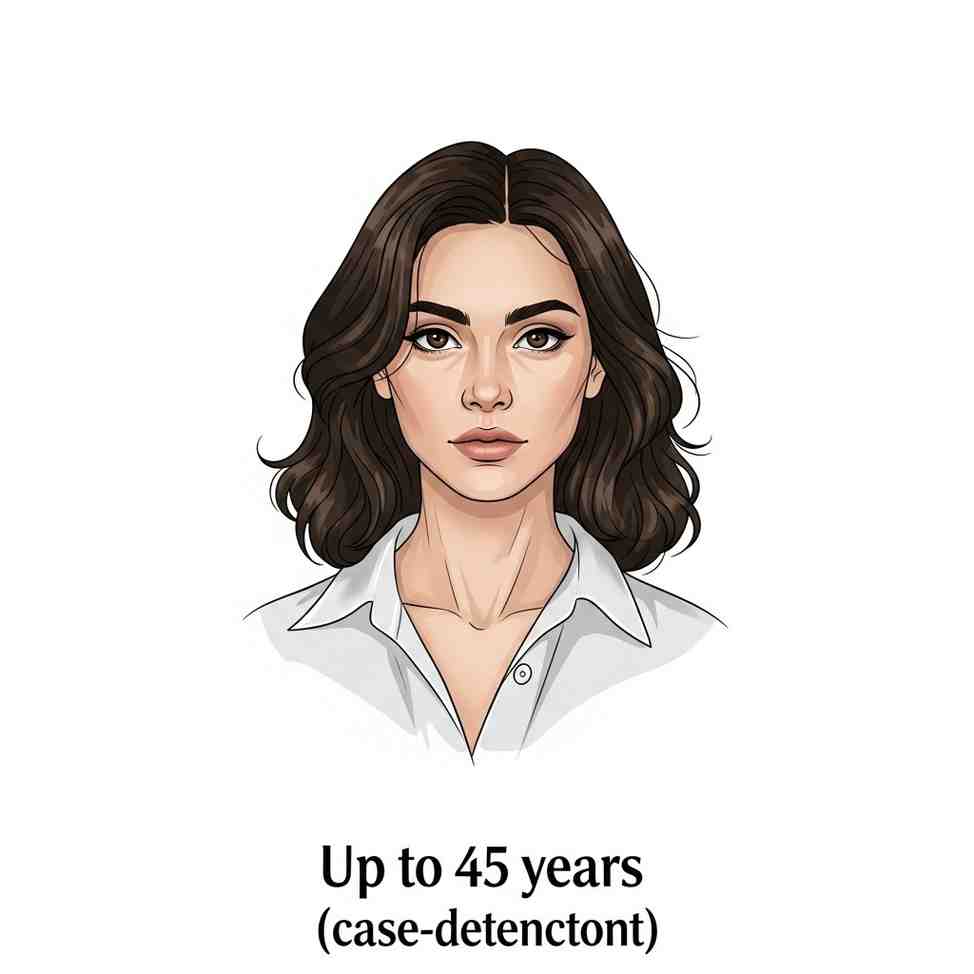
- The Human Papillomavirus (HPV) vaccine is a key preventive tool against cervical cancer , one of the leading causes of cancer deaths among women worldwide. It offers strong protection against high-risk HPV types , particularly types 16 and 18 , which together account for about 70% of cervical cancer cases . When administered before HPV exposure, typically in adolescence, the vaccine provides long-lasting immunity and significantly reduces infection rates and precancerous lesions.
How the HPV Vaccine Works
- HPV vaccines stimulate the immune system to produce neutralising antibodies that prevent infection by oncogenic HPV strains. The vaccine stops the virus from causing cellular changes in the cervix that could progress to cancer. Studies from countries with national vaccination programs show marked declines in HPV infection, cervical dysplasia, and invasive cancer , confirming its public-health impact.
Eligibility and Dosage
- The World Health Organization (WHO) and national immunisation programs recommend the vaccine for girls aged 9–14 years , before potential exposure to HPV through sexual contact. The standard schedule is two doses, six to twelve months apart . Catch-up vaccination is permitted up to 45 years of age , depending on prior exposure and local policy. The vaccine does not treat existing HPV infections —hence, Pap and HPV screening should continue throughout adulthood.
Safety and Side Effects
- The HPV vaccine has an excellent safety record based on global post-marketing surveillance. Common side effects include pain or swelling at the injection site , mild fever , headache , and fatigue . Occasionally, fainting (syncope) occurs, particularly in adolescents—hence, a short observation period post-vaccination is recommended. Severe allergic reactions are extremely rare.
Exam Pointers
-
Protects against: HPV types 16 and 18 (cause ~70% of cervical cancers)
-
Recommended age: 9–14 years (2-dose schedule)
-
Catch-up: Up to 45 years (case-dependent)
-
Does not replace: Routine Pap/HPV screening
-
Common effects: Local pain, mild fever, headache
Month: Current Affairs - November 12, 2025
Category: Health and Medicine